Home

Teething

A Parent's Guide on When to Use Teether for Baby
In this Article

Teething
A Parent's Guide on When to Use Teether for Baby
Updated on 31 May 2024
If you’re caught between an endless loop of sleepless nights and fussy days, it’s likely that your baby is teething. But there’s a way out for you and your little one that can help you soothe your teething baby - teethers. Now, you may have several questions like what is baby teether, is teether good for babies, when to use teether for baby and so on. Don’t worry, in this article, we will address all these questions and more.
Signs of Teething in Your Baby
First, let us understand the signs of teething in babies so that you can identify whether your baby is teething or not.
-
Increase in drooling
-
Chewing on objects
-
Sore or swollen gums
-
Crankiness and irritability
-
Mild increase in temperature
If your little one is displaying two or more than two of these signs, it’s very likely they are teething. There are steps you can take to ease your baby’s symptoms and discomfort such as introducing a baby teether.
You may also like: A Parent's Guide to Teething Symptoms, Age, Chart & Remedies
What is Baby Teether?
First, let us understand teether meaning. A baby teether is a small, handheld toy for babies to chew on while teething. It helps to soothe and massage the baby’s sore gums and provides relief.
Teethers can be made from different materials like silicone, rubber, plastic and even wood. Some teethers are even filled with water so that they can be refrigerated and provide extra relief to baby’s teething gums.
Is Teether Safe for Infants?
As a parent, your baby’s safety is your primary concern and priority. This raises the question is teether good for babies. Yes, teethers are absolutely safe for babies when they are made from non-toxic materials and are used appropriately.
When to Use Teether for Baby?
Now that you know what a teether is and what it does, it’s natural to wonder when to give teether to baby. Most babies erupt their first tooth around 6 months of age, but some may start as soon as 2-3 months while others may break their first tooth as late as 9-10 months. Every baby is unique and so is their teething timeline. The best way to determine when to introduce a teether to your little one is to observe your baby’s cues.
If you notice your baby to be drooling excessively, chewing on objects or spot swollen or red gums, it means that your baby is experiencing teething troubles and needs a teether. However, not all babies experience discomfort during teething, some may have a smooth process. So, if you feel that your baby’s gums could use some extra relief, then offer them a teether.
You may also like: Home Remedies for Teething Babies That Really Work
How to Choose the Right Teether for Your Baby?
When it comes to choosing the best teether for your little one, there are several factors you need to pay attention to, such as:
1. Safe material
Teethers come in various materials such as silicone, rubber, plastic and wooden. You must select a non-toxic material like food-grade silicone or natural rubber. Additionally, materials that are durable, easy to clean and can be refrigerated are even better.
2. Age-appropriate design
While choosing a teether, pay attention to its design as your baby will be putting the toy in their mouth. Look for a teether that doesn’t pose any choking hazards, have any sharp or rough edges or small parts that could break off.
3. Easy to grip handles
Look for teethers that come with handles and are easy to grab for your baby’s tiny hands.
4. Multi-sensory features
Teethers with additional features like textured surface or vibrant colours can stimulate and engage your baby’s senses.
If you’re looking for a baby teether, then be sure to check Mylo Baby Water-Filled Teethers. Our teethers are made with 100% food-grade material, soothe sore gums, feature textured surface for gentle massage and can be refrigerated for extra relief.
Baby Teether Uses
While it is known that teethers provide pain relief during teether, their uses extend beyond just that. Here are five additional uses of baby teethers:
1. Relieve sore gums
Teethers primarily provide relief to sore gums during teething. When babies chew on the teether, it exerts a gentle pressure on their gums, which helps to soothe discomfort caused by erupting teeth. This can also help bring down soreness and swelling in baby’s gums.
2. Encourage oral motor development
When babies chew on the different shapes and textures of a teether, they engage their tongue, jaw and mouth muscles in multiple ways. This lays the groundwork for speech development and eating skills.
3. Stimulate multiple senses
Teethers come in different shapes, sizes, textures and colours, which help to stimulate the baby’s senses. This sensory stimulation, in turn, aids in their cognitive development.
4. Improve hand-eye coordination
Reaching for the teether, grabbing it and bringing it to their mouth, all help improve the hand-eye coordination of the baby.
5. Enhance fine motor skills
Handling the different shapes and sizes of the teethers and manipulating them with their fingers and hands help develop the fine motor skills of the baby.
How to Use Teether for Babies?
Now, let us understand the best practices to follow while using a teether for your little one:
1. Wash the teether
Before giving your baby the teether, make sure to wash it thoroughly with warm water and soap or according to the manufacturer’s instructions. Rinse thoroughly so no soapy residue remains.
2. Chill the teether
If possible, refrigerate the teether for 15-20 minutes to provide a cooling, numbing relief to your baby’s teething gums. Don’t place the teether in the freezer as it may turn hard or too cold for the baby.
3. Offer the teether to your baby
Now, you can hand the teether to your little one and let them explore it with their hands and mouths. Most babies instinctively start chewing on the teether but if they don’t, you can direct them.
4. Always keep an eye on them
No matter how safe the teether is, it’s better to supervise your baby while they’re using the teether to ensure they are using it safely and there’s no risk of choking.
5. Wash after every use
It is essential to wash the teether after every use so that there’s no buildup of germs and bacteria. You can wash it with warm water and soap and follow by a thorough rinse.
6. Check for wear and tear
Keep checking the teether regularly for any signs of damage like cracks, tears or loose and broken parts. If you notice any damage, replace the teether immediately.
7. Rotate teethers
It’s ideal to have multiple baby teethers and keep rotating them to keep up your baby’s interest and provide a variety of stimulation. This will also ensure that your baby always has a clean teether to chew on.
The Bottomline
Teething is a big milestone for your little one. By knowing the telltale signs of teething, when to use teether for baby, how to choose the right teether and the best way to use it, you can support them through this developmental phase. Remember, every baby is unique and their teething timeline and preferences for teething toys may also be different. So, cater to your baby’s needs keeping this in mind.

Teether for Kids PO3 - 1 Ring + 2 Hot Air Balloon
₹ 398

4.0
(733)





Written by
Anupama Chadha
Anupama Chadha, born and raised in Delhi is a content writer who has written extensively for industries such as HR, Healthcare, Finance, Retail and Tech.
Read MoreGet baby's diet chart, and growth tips

Related Articles
Related Questions
Hello frnds..still no pain...doctor said head fix nhi hua hai..bt vagina me pain hai aur back pain bhi... anyone having same issues??

Kon kon c chije aisi hai jo pregnancy mei gas acidity jalan karti hain... Koi btayega plz bcz mujhe aksar khane ke baad hi samagh aata hai ki is chij se gas acidity jalan ho gyi hai. Please share your knowledge

I am 13 week pregnancy. Anyone having Storione-xt tablet. It better to have morning or night ???

Hlo to be moms....i hv a query...in my 9.5 wk i feel body joint pain like in ankle, knee, wrist, shoulder, toes....pain intensity is high...i cnt sleep....what should i do pls help....cn i cosult my doc.

Influenza and boostrix injection kisiko laga hai kya 8 month pregnancy me and q lagta hai ye plz reply me

RECENTLY PUBLISHED ARTICLES
our most recent articles
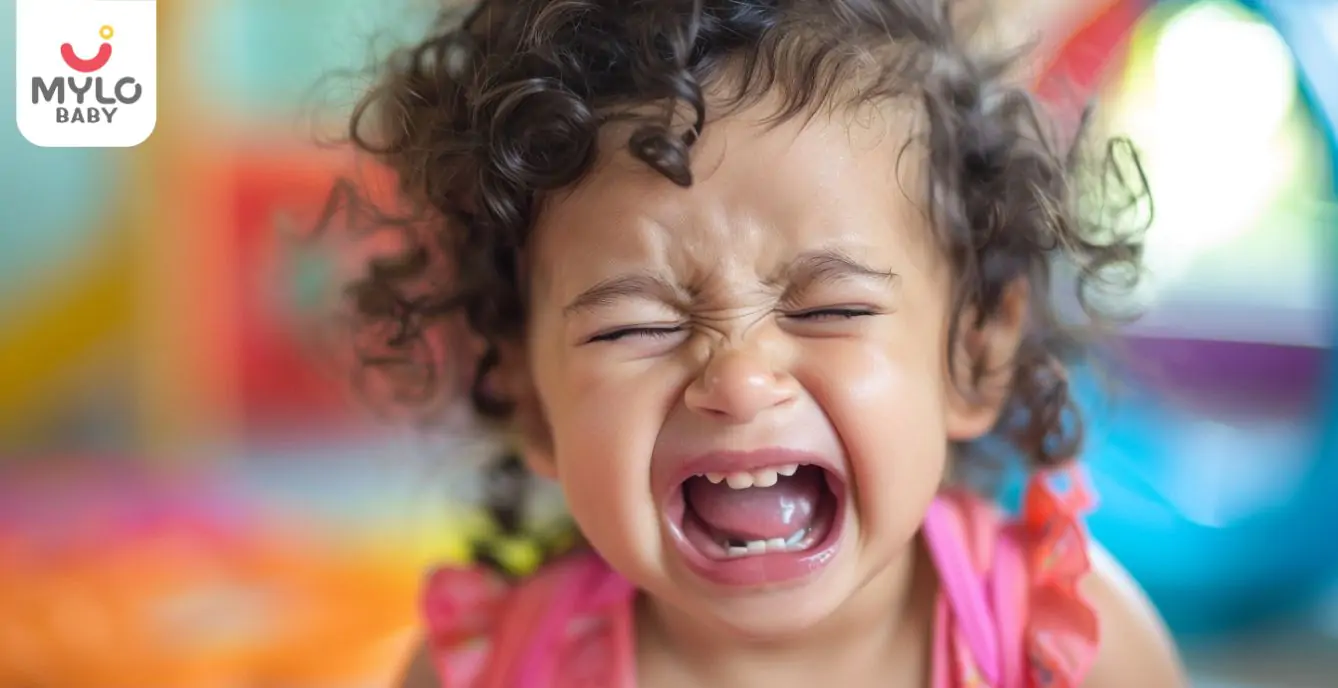
Teething
Toddler Teething: What to Expect and How to Help
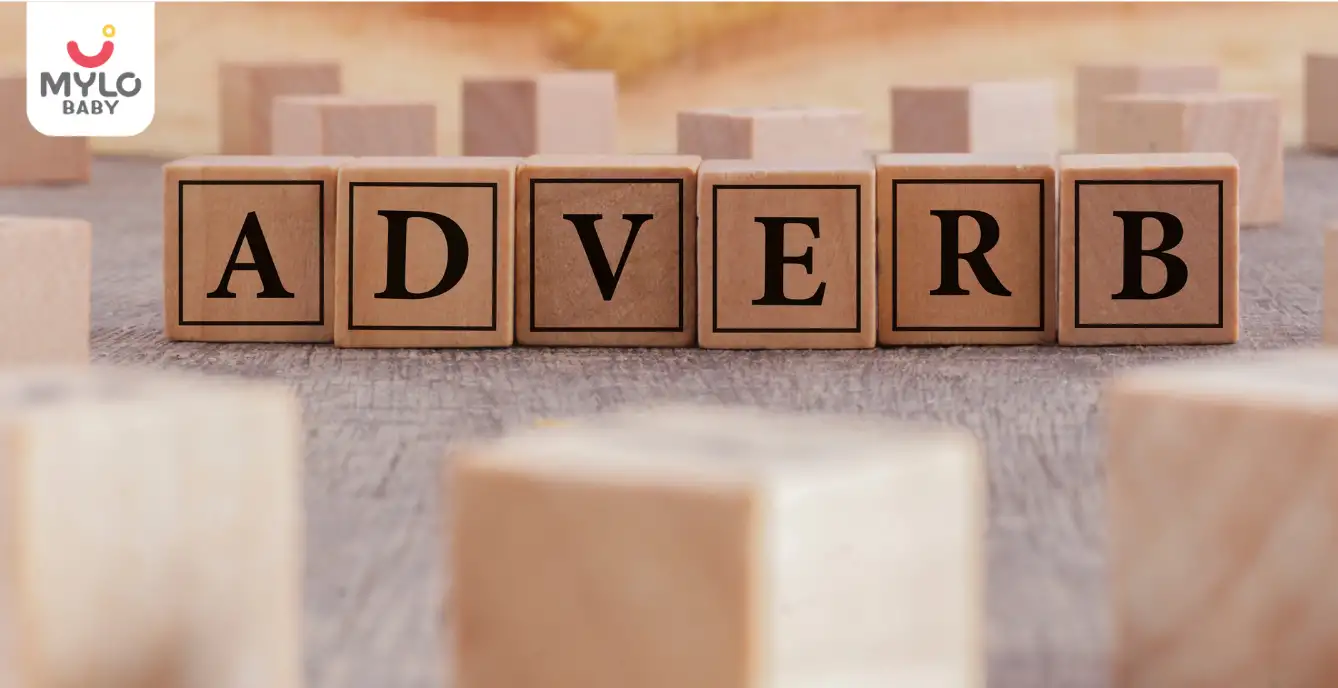
Early Education
Adverbs: A Comprehensive Guide to help small children learn the usage of adverbs

Early Education
Expand Your Child's Vocabulary with words that start with X: Easy, Positive, and Engaging Words, Animals, Countries, and Fruits
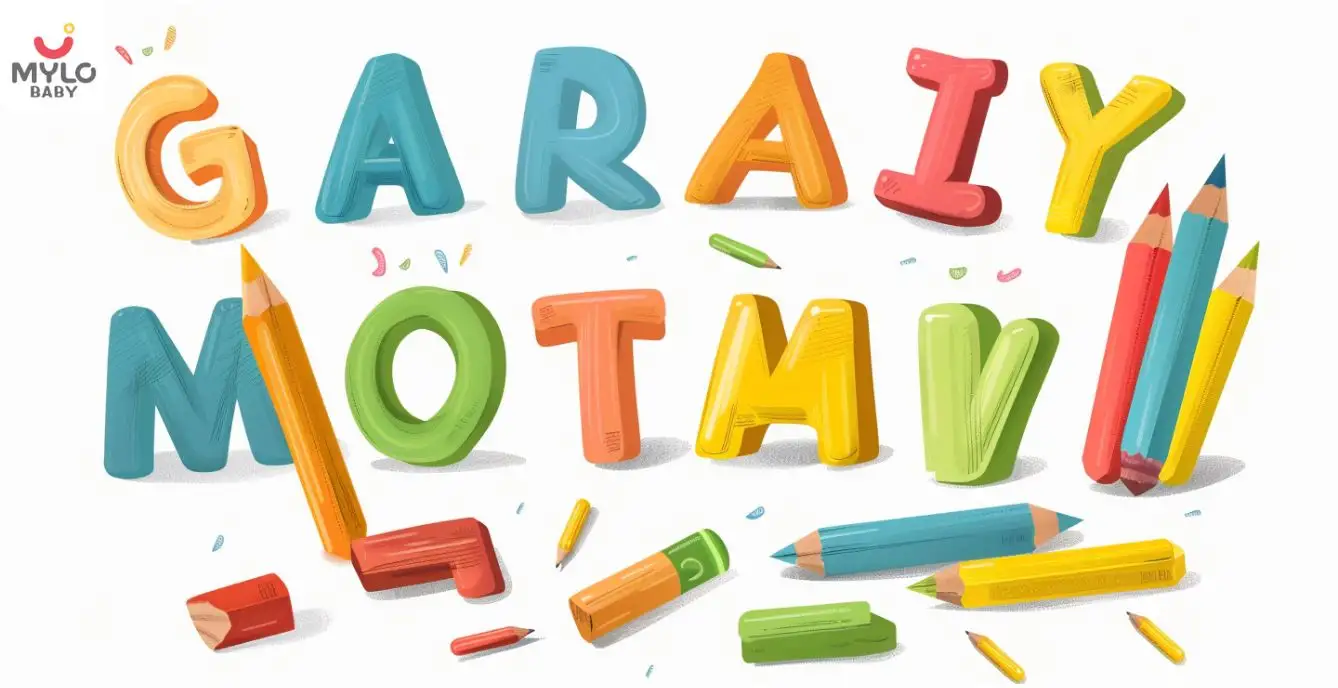
Early Education
Unlocking Language Proficiency: The Ultimate Guide to Top 100 Sight Words for Kindergarten and Beyond
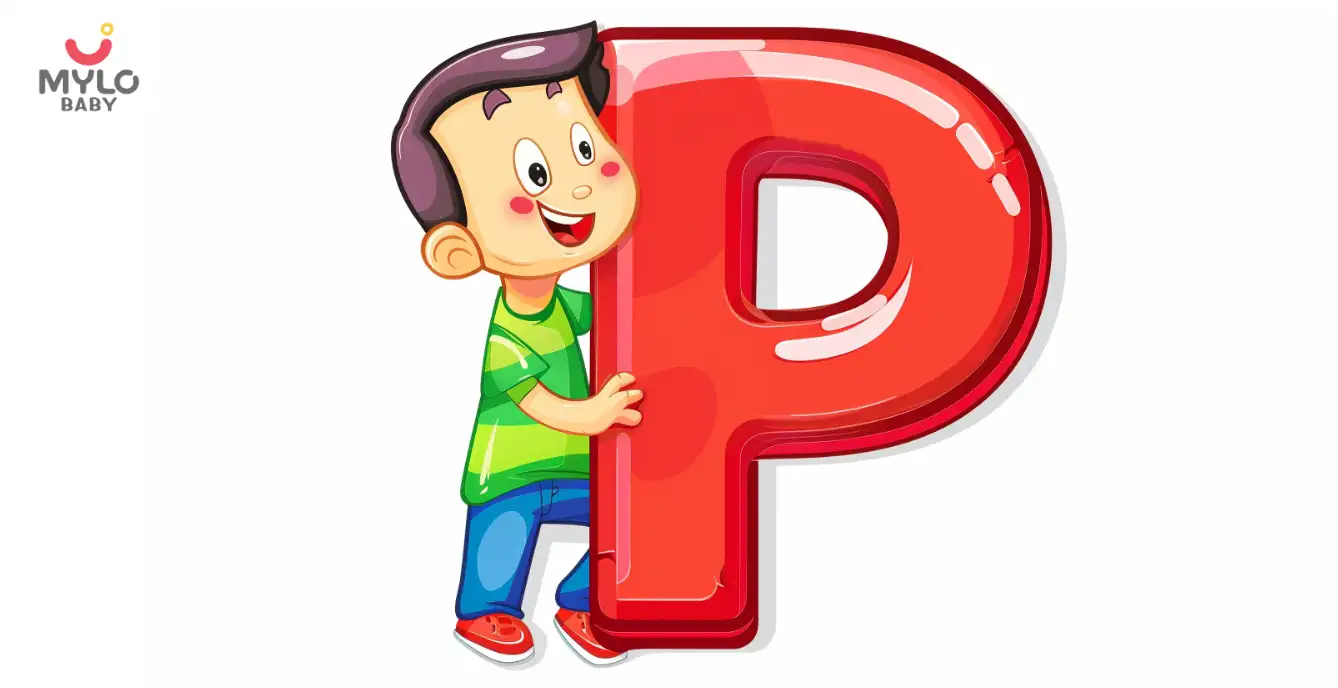
Early Education
Exploring Common Words that Start with P to Enhance Vocabulary in Small Children
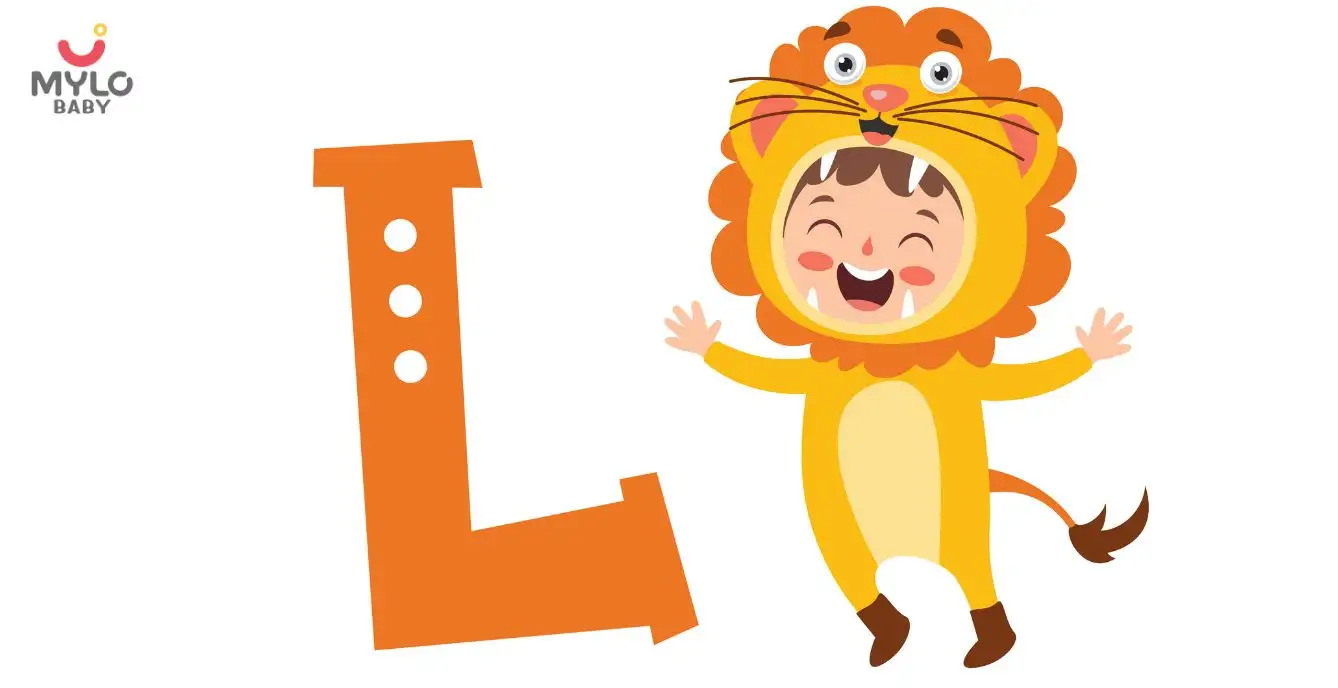
Early Education
100+ Common Words that start with L to Enhance the Vocabulary of Small Children
- 100 Common Words that start with 'C' for Small Children
- List of 100+ Common Words that start with 'D' for Small Children
- Top 100 Baby Girl Names 2024
- The Ultimate Collection of Muslim Baby Girl Names and Their Meanings 2024.
- Top 100 Baby Boy Names 2024
- 100+ Collection of Baby Boy Names Hindu and Their Meanings 2024
- The Ultimate Collection of Baby Girl Names Indian 2024
- 100 Common Words that start with 'S' for enhancing vocabulary in small children
- List of Most Common Words that start with v for small children
- Common Words that start with n for enhancing learning in small children
- Words that start with O for early learning in small kids
- 100 Common words that start with 'R' for Small Kids
- 100 Common words that start with 'U' for Small Kids
- Common words that start with Y for Vocabulary Enhancement in Small Children


AWARDS AND RECOGNITION

Mylo wins Forbes D2C Disruptor award

Mylo wins The Economic Times Promising Brands 2022
AS SEEN IN
















- Mylo Care: Effective and science-backed personal care and wellness solutions for a joyful you.
- Mylo Baby: Science-backed, gentle and effective personal care & hygiene range for your little one.
- Mylo Community: Trusted and empathetic community of 10mn+ parents and experts.
Product Categories
baby carrier | baby soap | baby wipes | stretch marks cream | baby cream | baby shampoo | baby massage oil | baby hair oil | stretch marks oil | baby body wash | baby powder | baby lotion | diaper rash cream | newborn diapers | teether | baby kajal | baby diapers | cloth diapers |








